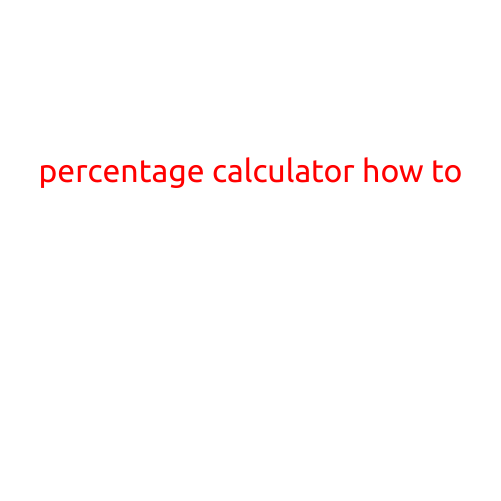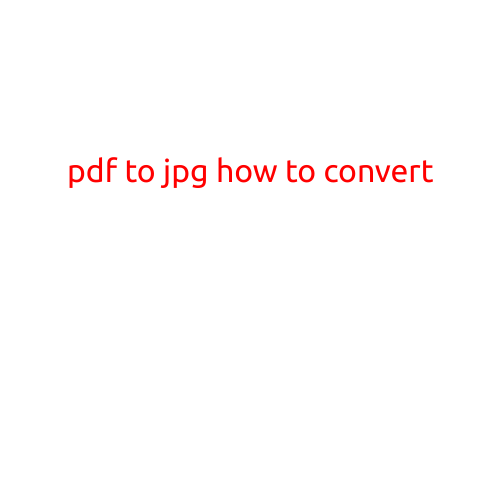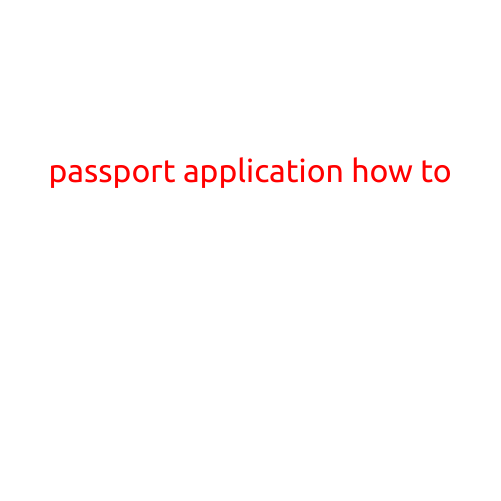
How to Quote a Quote: A Guide to Proper Quotation Syntax
Quoting quotes can be a daunting task, especially when you’re unsure of the proper syntax and formatting. Whether you’re an academic writer, a journalist, or simply a social media enthusiast, learning how to quote quotes correctly is essential for maintaining credibility and clarity in your writing. In this article, we’ll dive into the world of quotation marks and provide you with a comprehensive guide on how to quote a quote.
The Basics of Quotation Marks
Before we dive into the specifics of quoting quotes, it’s essential to understand the basics of quotation marks. Quotation marks, also known as quote marks or inverted commas, are used to set off quotations from the rest of the text. There are two main types of quotation marks:
- Double Quotation Marks (“): These are the most commonly used quotation marks and are used to indicate a quotation within the text.
- Single Quotation Marks (”): These are used to indicate a quotation within a quotation.
How to Quote a Quote
Now that you’re familiar with the basics of quotation marks, let’s move on to the process of quoting a quote. There are several ways to quote a quote, and the correct method depends on the context and the type of quotation. Here are some general guidelines:
- Direct Quotes: When quoting a quote directly, place the quote within double quotation marks, and enclose the entire quote within double quotation marks.
Example: “The quote is: ‘The pen is mightier than the sword.’” (Notice the double quotation marks around the single quotation marks.)
- Indirect Quotes: When quoting a quote indirectly, paraphrase the original quote and enclose the paraphrased text within double quotation marks.
Example: According to Smith, “the pen is mightier than the sword”.
- Quoting a Quote Within a Quote: When quoting a quote within another quote, use single quotation marks for the inner quote and double quotation marks for the outer quote.
Example: As Smith said, “‘The quote is: ‘The pen is mightier than the sword.’”’
- Ellipses and Commas: When editing a quote, you may need to remove or add words to make it more concise. To indicate that you’ve modified the quote, use an ellipsis (…) and/or a comma.
Example: Smith said, “The pen is mightier than the sword, and it’s a powerful tool in the right hands…” (Notice the ellipsis to indicate that the quote has been modified.)
- Apostrophes and Quotation Marks: When dealing with quoted text that includes apostrophes, be careful not to confuse them with the quotation marks. Use a backslash () to escape the apostrophe, if necessary.
Example: “The quote is: “It’s a small world after all.”” (Notice the backslash to escape the apostrophe.)
Conclusion
Quoting quotes can be a tricky business, but by following these guidelines, you’ll be well on your way to becoming a master of quotation syntax. Remember to use the correct quotation marks, to indicate when you’ve modified a quote, and to take care with apostrophes and punctuation. Happy quoting!





